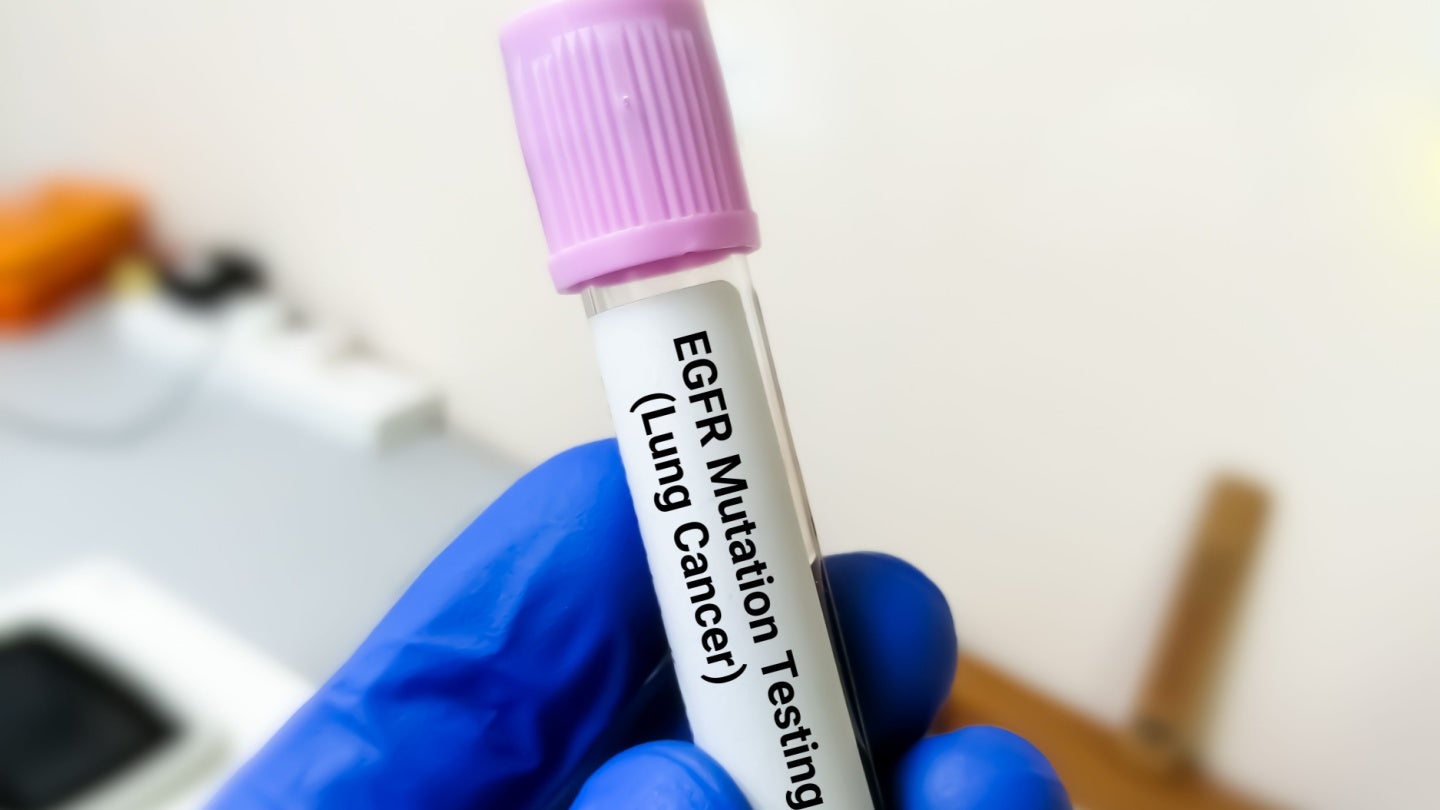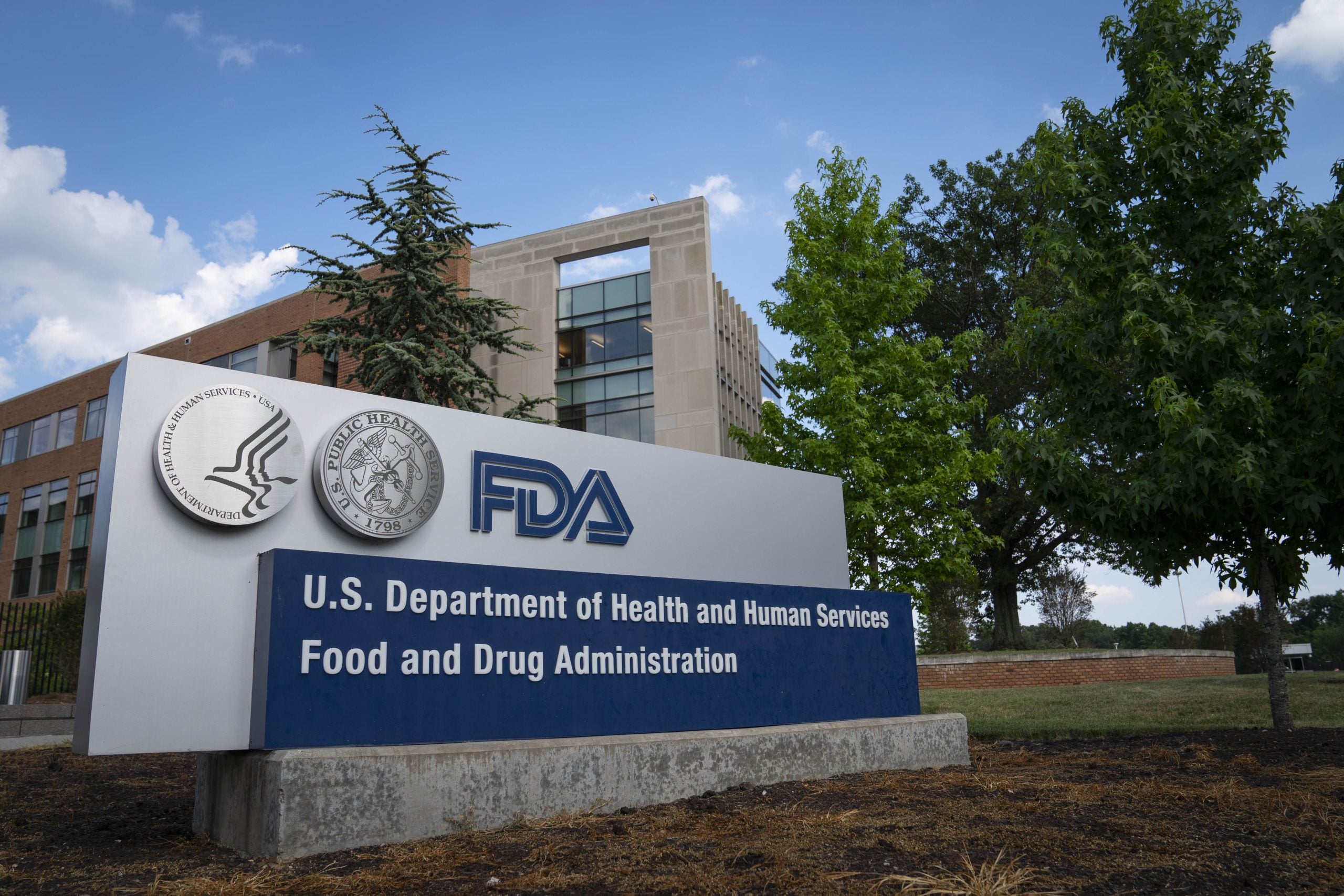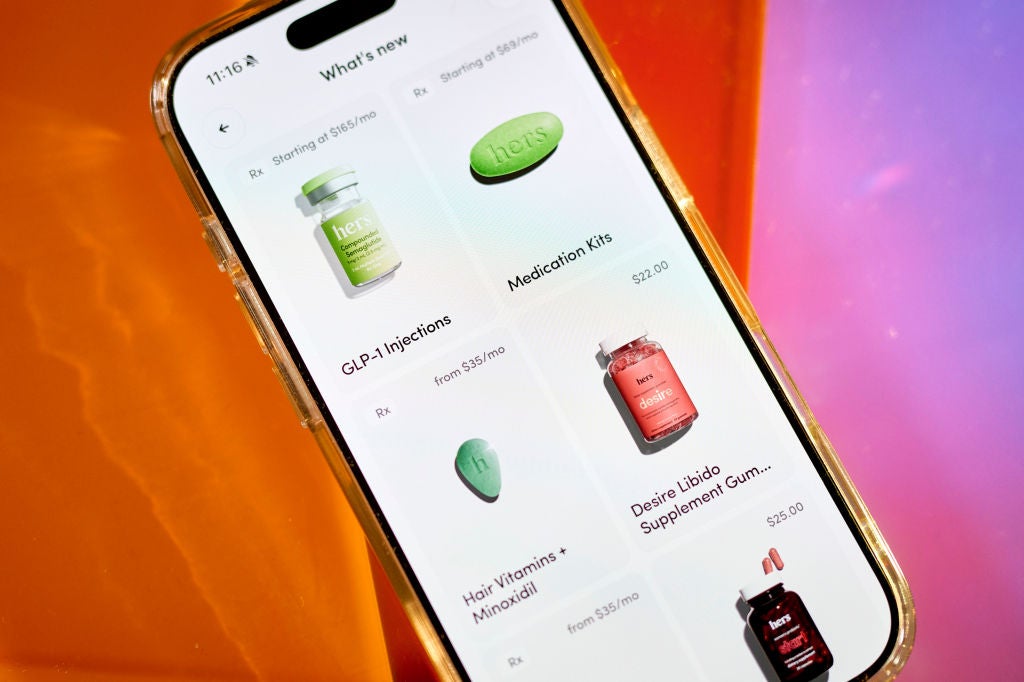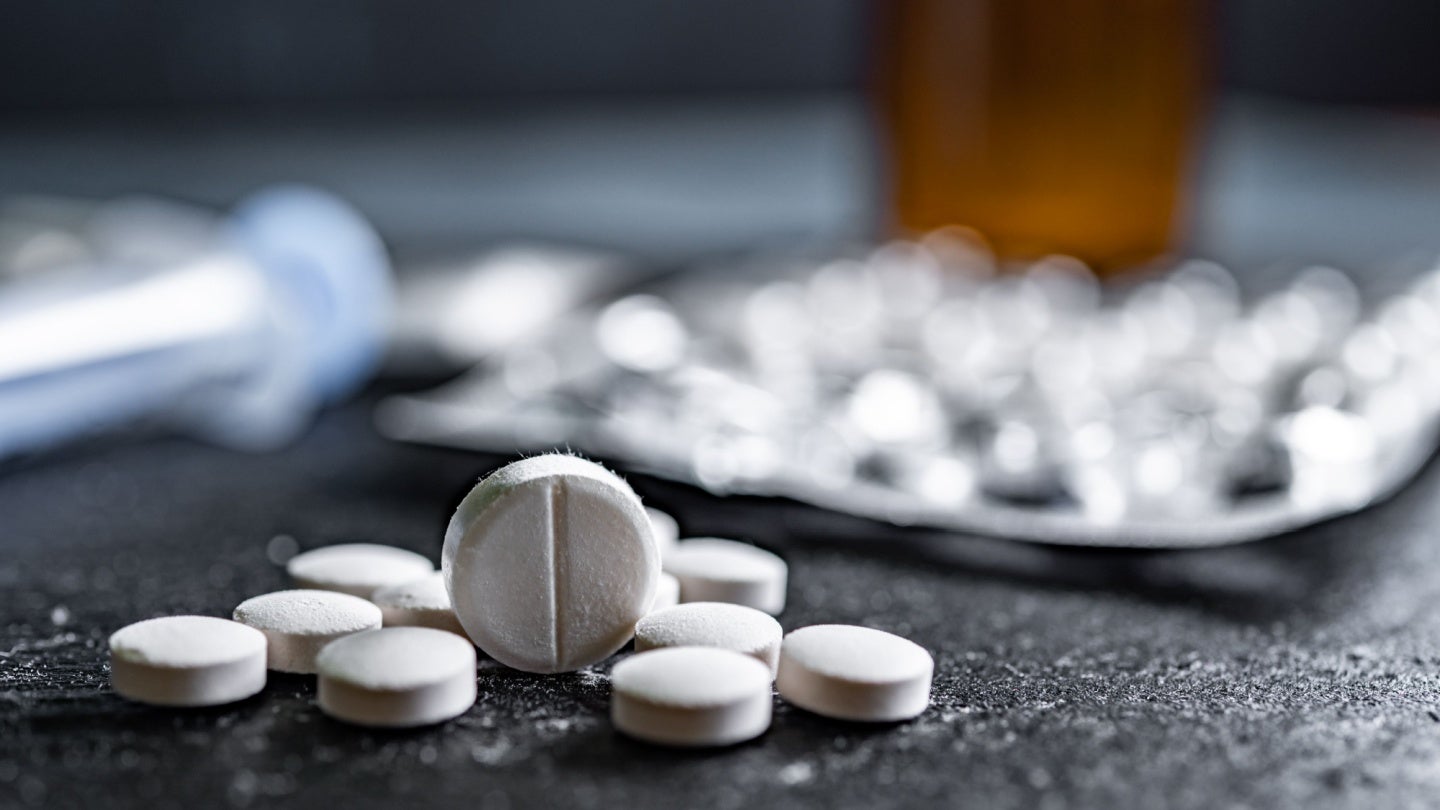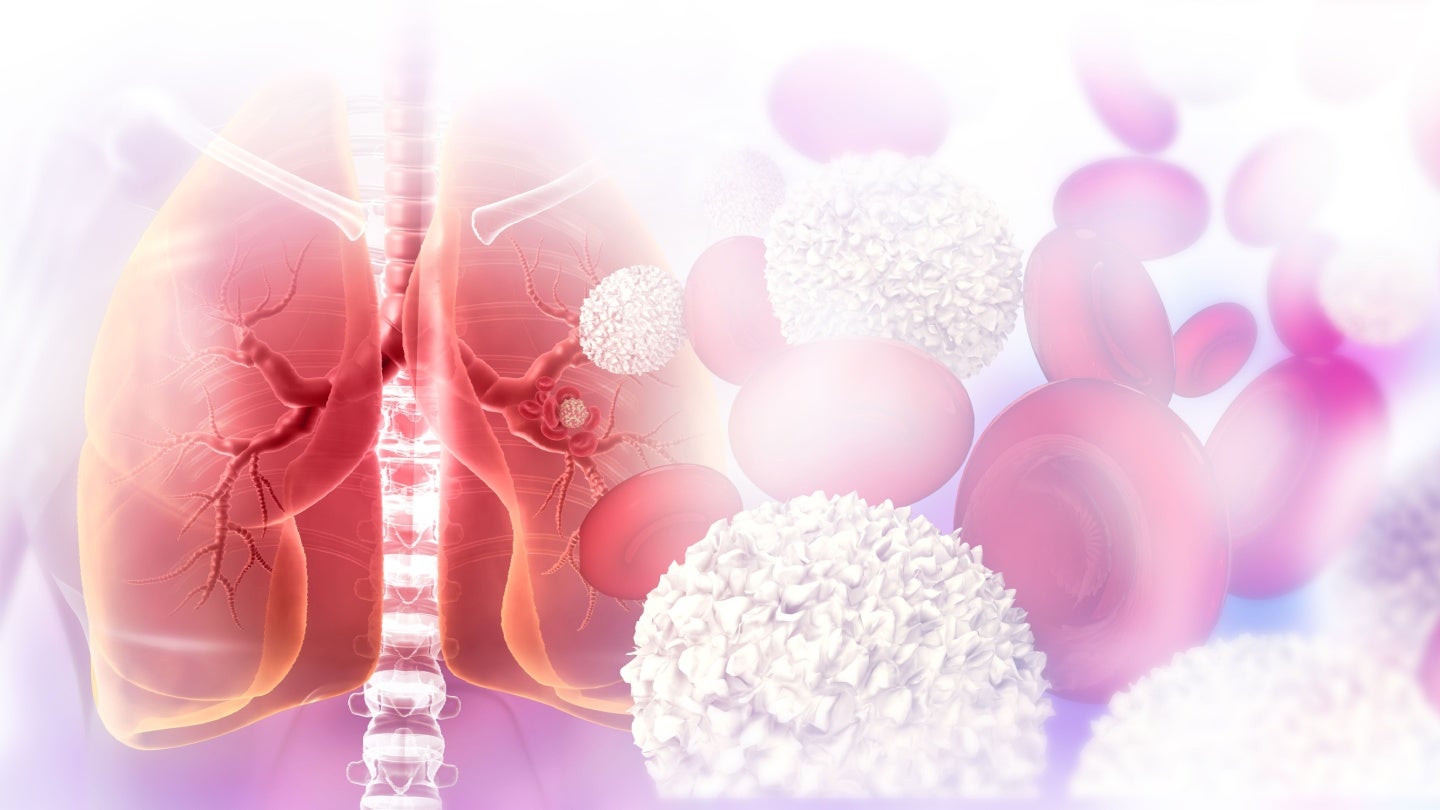Gilgamesh’s Psychedelic Drug Linked to High Remission Rate in Trial
Nearly all patients with depression who were administered Gilgamesh Pharmaceuticals’ psychedelic medication candidate achieved remission, boosting the biotech’s efforts to emulate the path established by Johnson & Johnson. The phase 2a study of Gilgamesh included 40 participants diagnosed with major depressive disorder (MDD) to evaluate GM-2505, a stimulant of the 5-HT2A receptor, which plays a […]

Nearly all patients with depression who were administered Gilgamesh Pharmaceuticals’ psychedelic medication candidate achieved remission, boosting the biotech’s efforts to emulate the path established by Johnson & Johnson.
The phase 2a study of Gilgamesh included 40 participants diagnosed with major depressive disorder (MDD) to evaluate GM-2505, a stimulant of the 5-HT2A receptor, which plays a pivotal role in the psychedelic effects of substances like LSD and psilocybin. Gilgamesh engineered GM-2505 to have a shorter duration of action than psilocybin, facilitating its use within the two-hour in-clinic protocol set by J&J for their ketamine product, Spravato.
Half the participants got 10 mg of GM-2505 on the first day and 15 mg of the medication candidate on the 15th. The other half started with a low-dose psychoactive comparative dose of 1 mg before getting a 15 mg dosage on the 15th day. The baseline values on the Montgomery-Åsberg Depression Rating Scale (MADRS) were 31.9 for the low-dose group and 33.4 for the high-dose arm.
By the 14th day, MADRS ratings in the high-dose group had decreased by 21.6 points, with 70% of patients achieving remission. The average change in the low-dosage group was just over 12 points, with a quarter of the patients achieving remission.
On the 29th day, after both groups received a 15 mg dosage, 55% of individuals in the low-dose batch and 94% in the high-dose cohort achieved remission.
The MADRS scores on the 29th day decreased by 21.1 and 28 points in the low- and high-dose groups, respectively. After 74 days, the scores remained reduced by 19.7 and 25.1 points in the cohorts. Gilgamesh involved 17 individuals in the high-dose studies at days 29 and 74, a decrease from the 20 individuals who completed the day 14 evaluation. The biotechnology company reported no significant adverse effects.
Dr. Maurizio Fava of Mass General Brigham stated that the phase 2a statistics are remarkable, particularly the substantial and enduring remission rates. He said that the substantial effect size is persuasive considering the use of a psychoactive comparator in this research.
J&J associated Spravato with an almost 20-point decrease on the MADRS from a starting point of 37 points at the 4th week of its phase 3 study. Nearly 53% of patients achieved remission. Compass Pathways associated its psilocybin drug contender with decreases in MADRS scores of up to 12 points, from an initial level of 32 or 33, during the 3rd week of its phase 2 study. Cross-trial comparisons may lack reliability; nonetheless, the existing data indicate that GM-2505 is competitive.
A previous research discovered that GM-2505 induces shifts of consciousness and other effects linked to psychedelic dosing. The 45-minute half-life of GM-2505 distinguishes the chemical from psilocybin and may facilitate its integration into therapeutic practice. Gilgamesh, secured $39 million in 2022 and received $65 million from AbbVie in 2024 in an agreement intended for advancement of next-generation psychiatric medicines.
What's Your Reaction?







